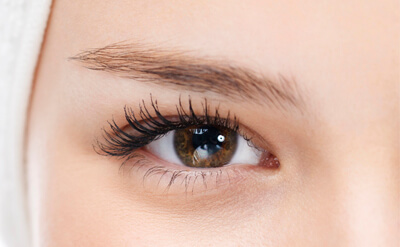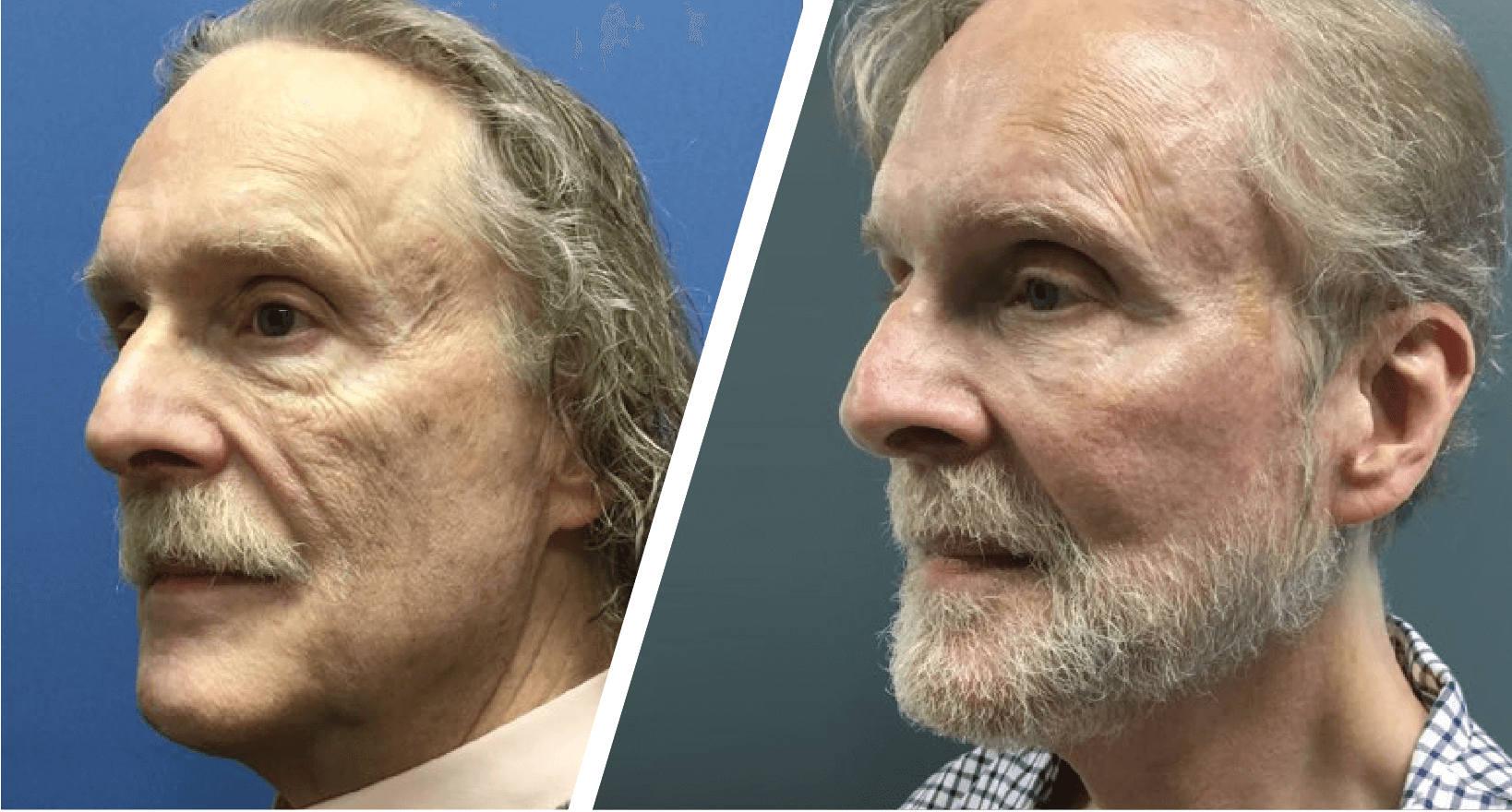 Blepharoplasty, or eyelid surgery, can improve your face’s appearance by tightening and removing extra skin around the eyes. It may include removal of loose skin of the upper eyelids or the lower eyelids, and sometimes both.
Blepharoplasty, or eyelid surgery, can improve your face’s appearance by tightening and removing extra skin around the eyes. It may include removal of loose skin of the upper eyelids or the lower eyelids, and sometimes both.
There are many different types of cosmetic eyelid surgery and they may include removal or repositioning of the fat and the skin around the eyes. The lower eyelids can some time be approached through an invisible incision inside the eyelid. Where indicated fat will be tightened, repositioned or removed. To freshen the appearance of the lids a chemical peel or fat grafting to fill the tear trough may complete the procedure.
The more modern types of blepharoplasty performed in the US remove little or no fat pad around the eyes. Instead, these herniated fat pads are repositioned or tightened to give a more natural appearance than the older types of surgeries. Often times in the past, patients looked hollow or sunken. With careful planning, this can largely be avoided today.
Most of the time the eyelid and the forehead age together as a unit. In other words, as the brow descends as a natural process of aging the eyelids become redundant by obligation. We may recommend a brow lift may be performed at the same time.
What should I expect during the consultation?
 During the consultation you will meet with Dr. Bortnick and his nurses and patient coordinators. There are forms to fill out and information to review prior to the consultation, which can be found in Patient Resources. Be prepared to discuss all of your medical history, including previous surgeries and any allergies you may have as well as medications you are currently taking.
During the consultation you will meet with Dr. Bortnick and his nurses and patient coordinators. There are forms to fill out and information to review prior to the consultation, which can be found in Patient Resources. Be prepared to discuss all of your medical history, including previous surgeries and any allergies you may have as well as medications you are currently taking.
Certain conditions make eyelid surgery more difficult to perform, including thyroid disease, high blood pressure, diabetes, glaucoma and dry eye syndrome. Take some time looking at yourself in the mirror. Prior to your visit make a list of things you notice that make you look older. If you bring photographs of yourself from 10-15 years ago these may help in the planning and discussion of your surgery.
Dr. Bortnick will help determine the correct shape and position of your eyebrow and discuss the different types and combinations of surgeries that would produce the most natural results. Often times brow lift surgery, chemical peels of the lower lid, laser surgery of the lower lids, transconjunctival lower eyelid surgery (done through the inside of the lower lid, with no skin removal) and fat grafting procedures, are done together.
Occasionally, the cost of eyelid surgery is covered by insurance, if the reason for this surgery is visual obstruction. During your consultation Dr. Bortnick can help determine if this will be a covered procedure. If needed referral to an ophthalmologist for visual field testing, will be arranged. You may be photographed during the consultation in order to help determine if insurance benefits will cover some or all of the costs of your surgery.
How will the surgery be performed?
Surgery of the eyelids may be performed in the outpatient surgery setting or the office operating room. The type of eyelid surgery, as well as your tolerance and anxiety level, help determine the most appropriate setting. At the offices of Dermatology and Skin Cancer centers, we have medicare and AAAA certified operating rooms, and upper eyelid surgery may be performed here. Lower eyelid surgeries and more extensive surgery requiring general anesthesia will be performed in an outpatient operating room.
Surgeries of the upper lid take approximately on hour to perform and upper and lower lid surgeries together take about an hour and a half. Plan to spend one hour in the recovery room. Incisions are well hidden and in general can only be seen when blinking the eyes and are located in the folds of the eyelids.

